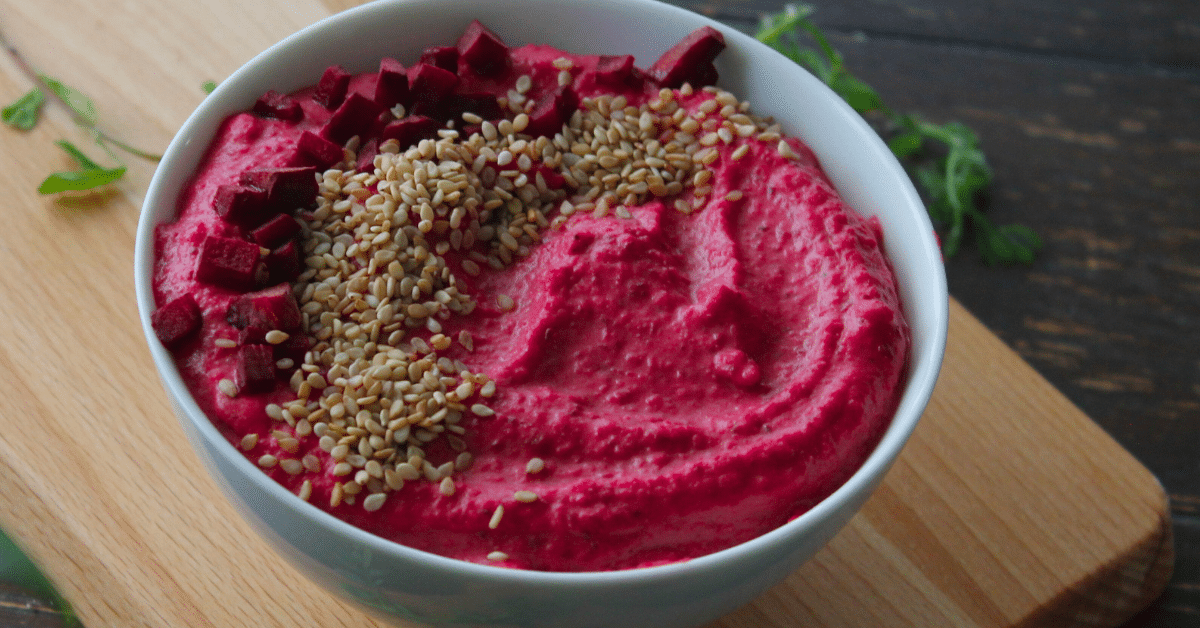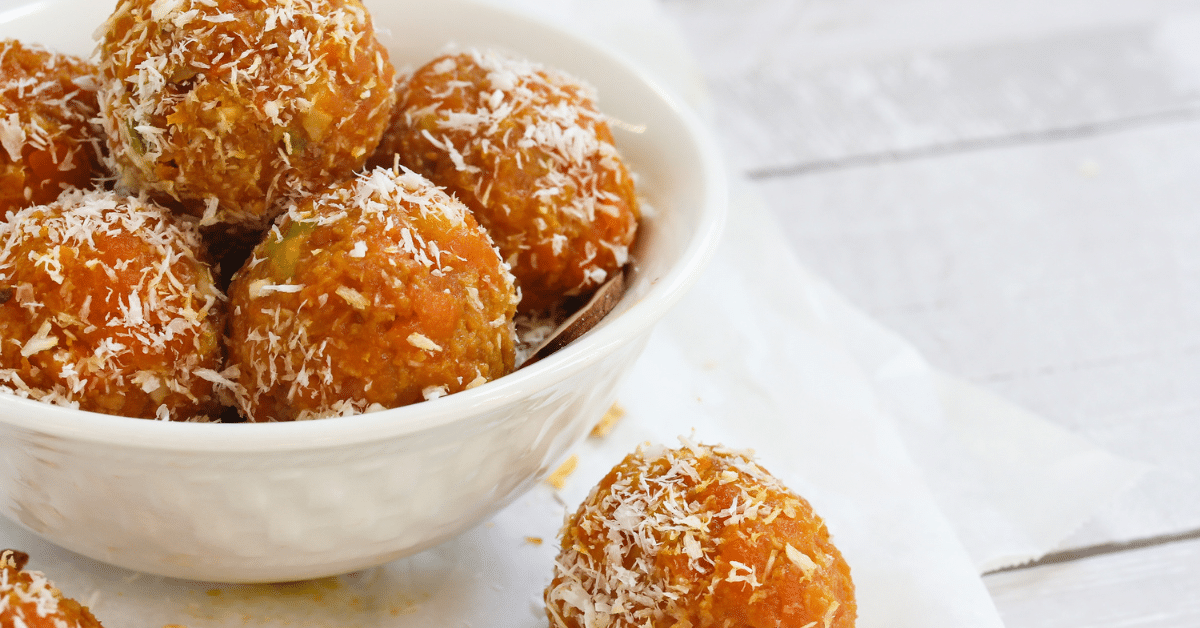
Cooling, grounding and hormone-nourishing, these Sacred Cycle Sweets weave together shatavari, fennel and cardamom to support women’s cycles while offering a naturally sweet treat for body and spirit.
Here's How to Make My Sacred Cycle Sweets:
Ingredients (makes ~10):
- 1 cup shredded coconut
- ½ cup cashews, soaked 2 hrs
- 6 Medjool dates
- 1 tsp shatavari powder
- 1 tsp cardamom
- ½ tsp fennel powder
- 1 tsp vanilla extract
- Pinch pink salt
- 1 tbsp coconut oil
Instructions:
- Blend cashews + coconut into a paste.
- Add dates, shatavari, spices + vanilla. Process until dough forms.
- Roll into balls, coat with extra coconut. Refrigerate.
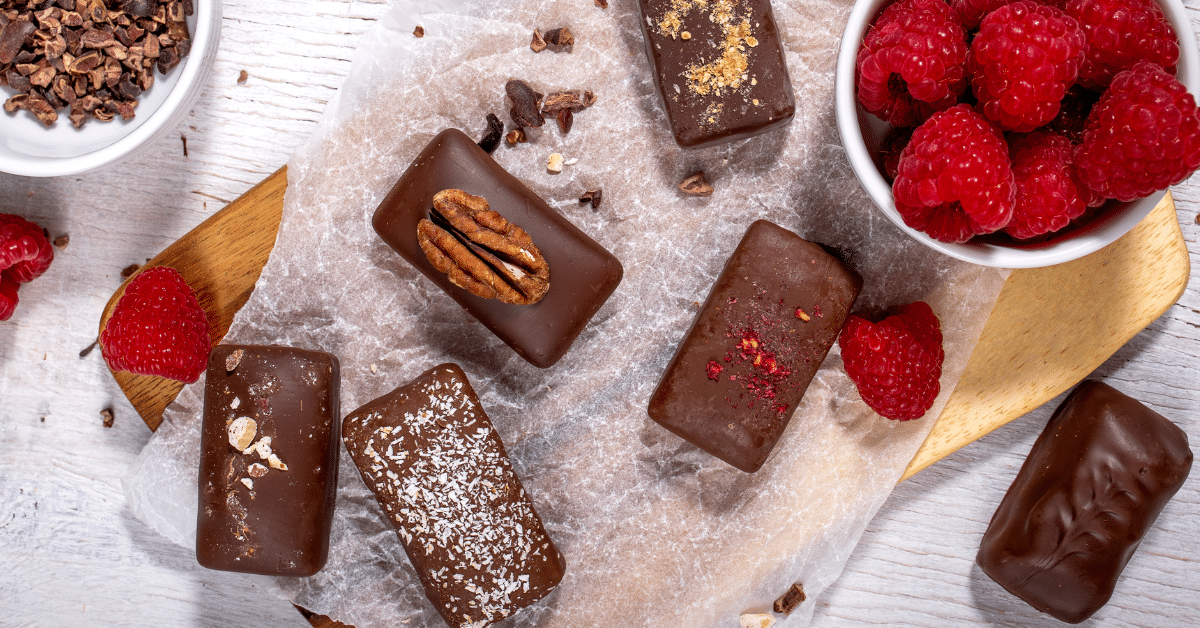

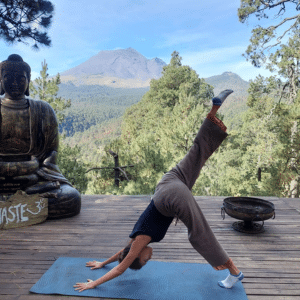 "
" "
" "
" "
" "
" "
" "
" "
" "
" "
" "
" "
" "
" "
" "Over the years, I’ve been an artist, a business owner, a dancer, a musician, and a hairstylist. I’ve always felt drawn to spiritual teachings from the East and inner exploration. Whenever I’ve lost my peace, I’ve found myself retreating inward to stillness—to Self.
"Over the years, I’ve been an artist, a business owner, a dancer, a musician, and a hairstylist. I’ve always felt drawn to spiritual teachings from the East and inner exploration. Whenever I’ve lost my peace, I’ve found myself retreating inward to stillness—to Self. "
" "
" "
" "My name is
"My name is  "
"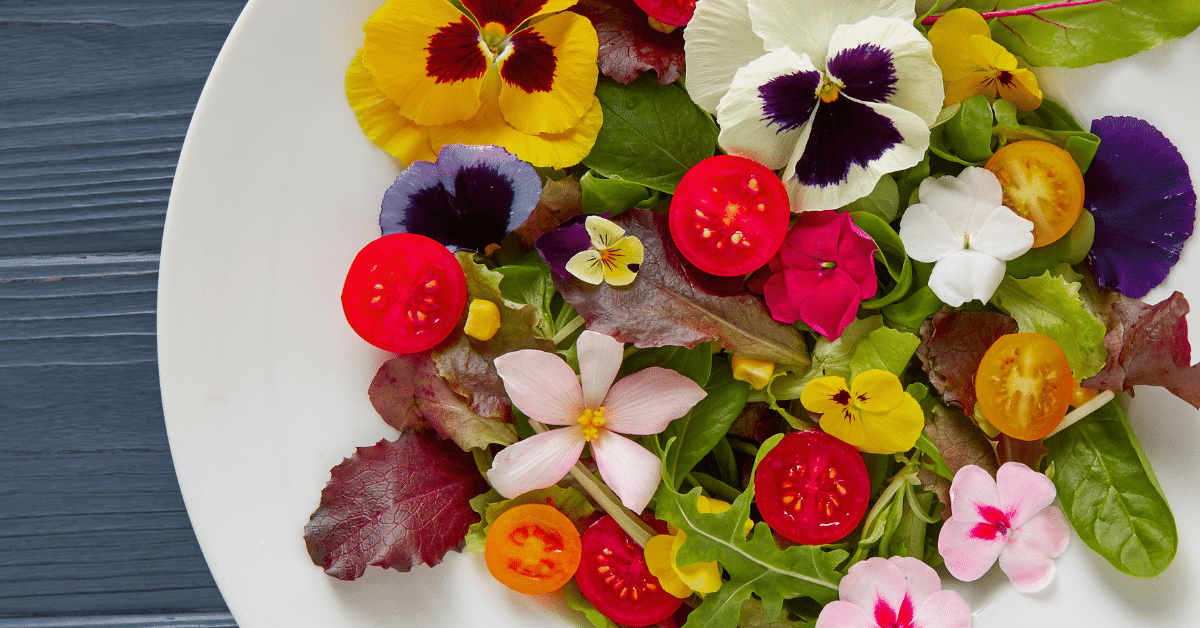
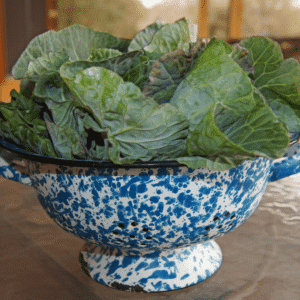 Here's How to Make my Perfect Summer Salad:
Here's How to Make my Perfect Summer Salad: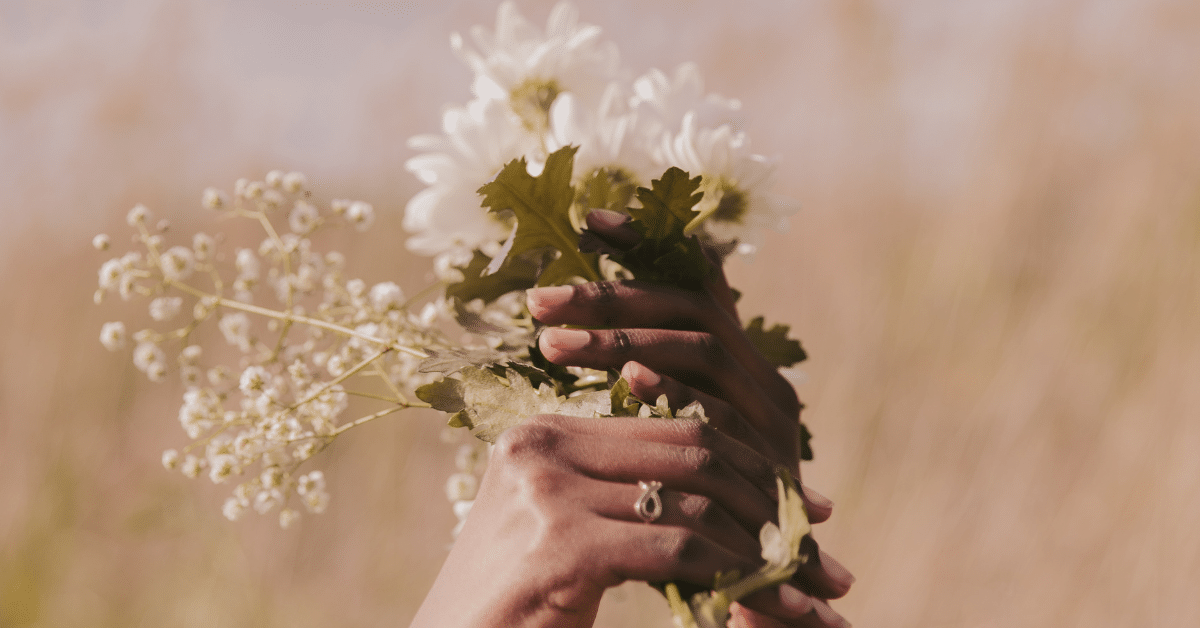


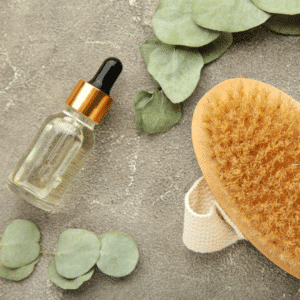 Follow Up with Moisture
Follow Up with Moisture